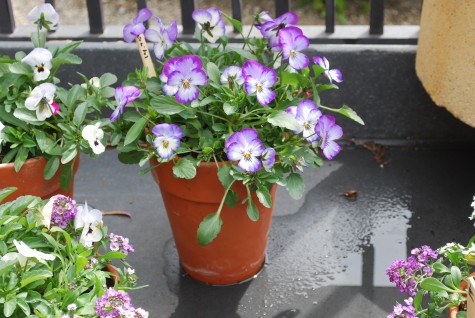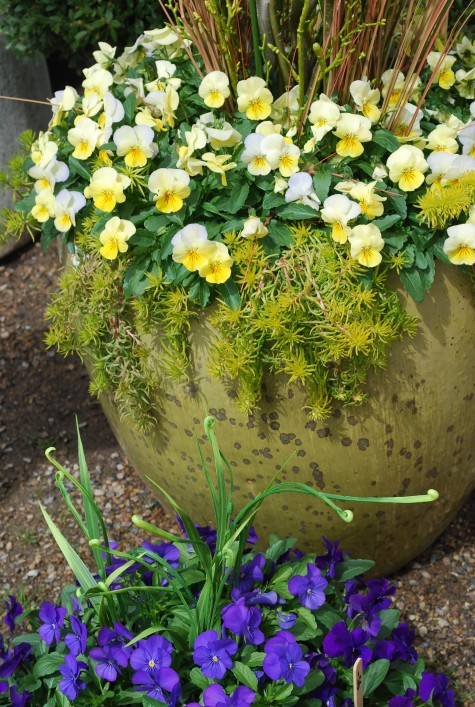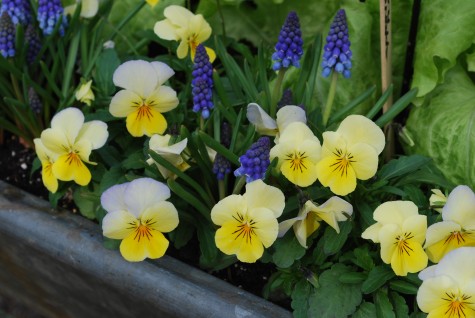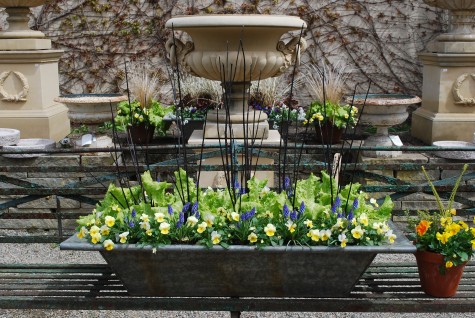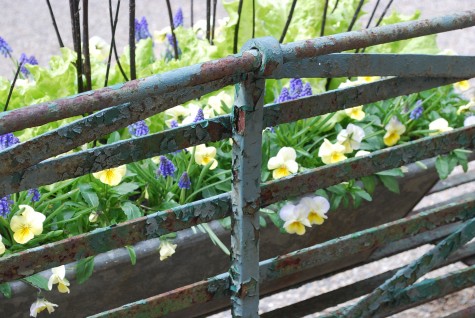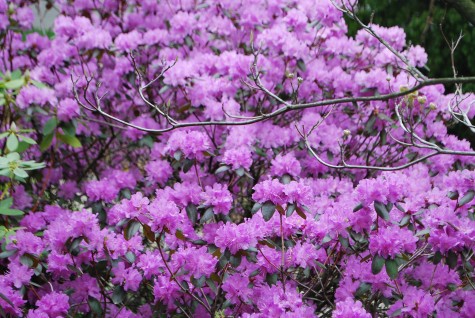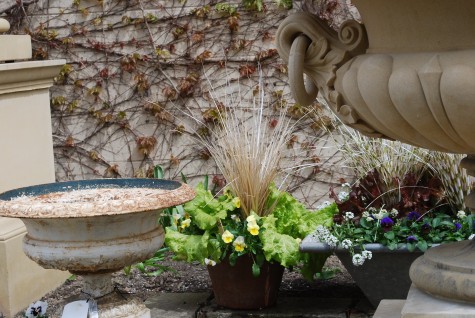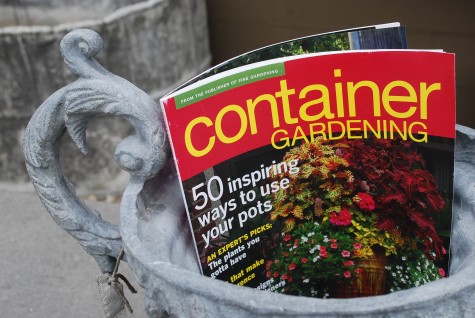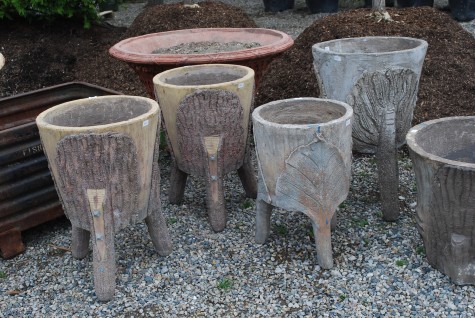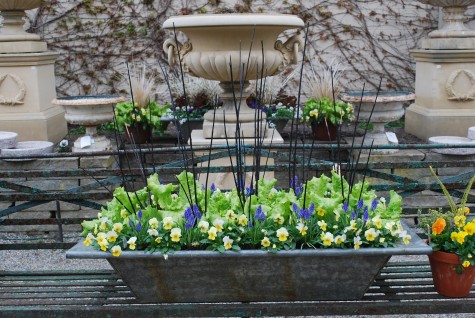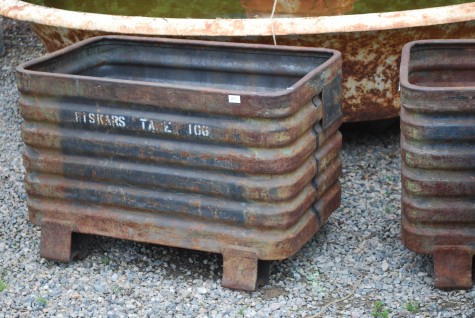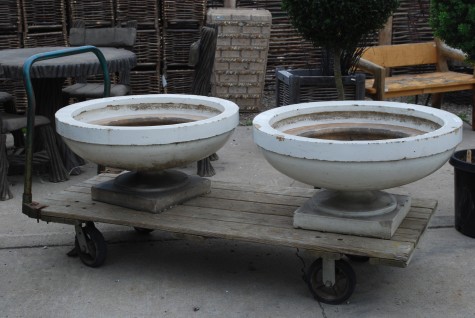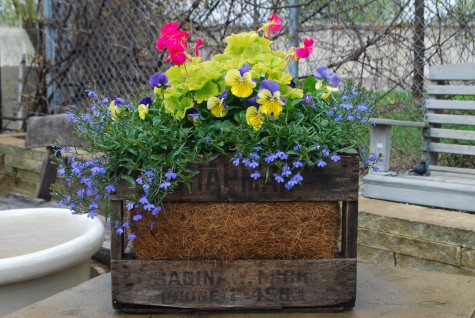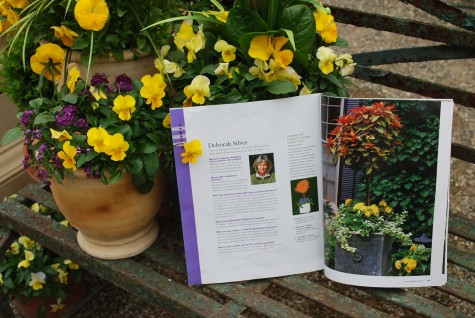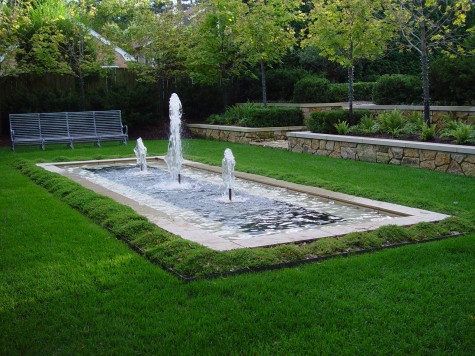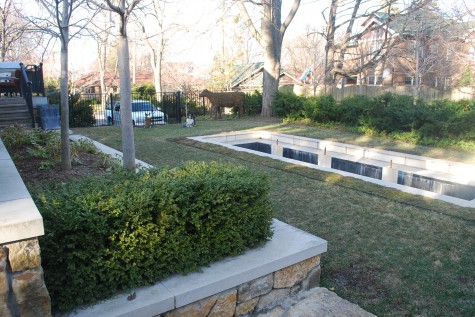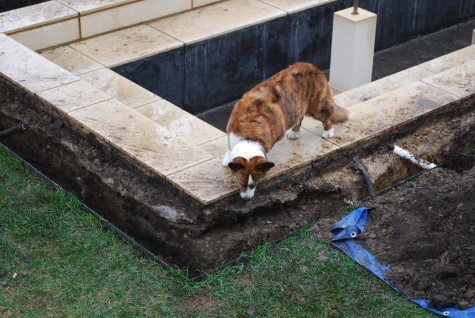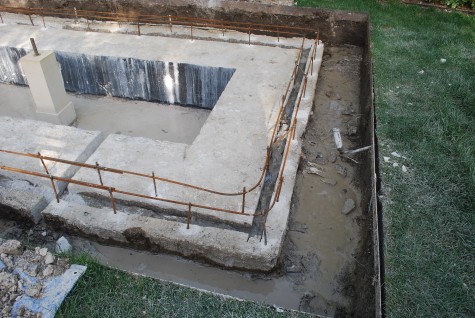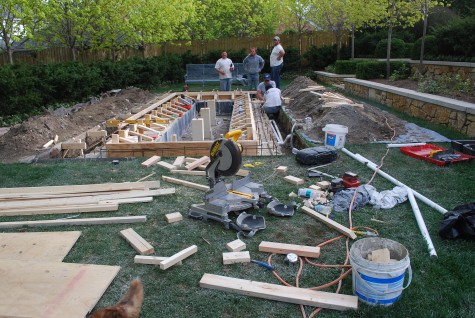In the best sense, a way of life could be defined as a life steeped in family, culture, tradition, and history. My gardening life is very much a product of my scientist/gardener Mom, my vintage (a polite version of my age-nearing 60), my early and practical early experience as a gardener- long before I gardened professionally. I am a designer who has a history of digging the holes and dragging the hoses. That history-a big part of this. My way of life-put your hands and your back to the work. I have an instinctive distrust of landscape architects, as I suspect architecture is a lot more about resolved drawings than a flesh and blood phlox going on. I like single flowers, structured landscapes, a dressy presentation in front of the house- in respect of the neighborhood;- and straightforward design. I was raised never to make someone work too hard to understand my point of view-that would be rude. As a designer, my idea has to be there-be clearly there-in the leaves and the bark, or I need to start over.
Sometimes I go to galleries, or museums, wanting, needing to read about what I am looking at. Some art I see I would not view as art if it did not have a home in a museum. The streets do what the streets do best, as they have no pressure to be art. Look, and be convinced, or not. In truth, I believe that any art which requires verbal explanation is a visual failure. This is my way of life talking.
My way of life is but an alternate phrase for my point of view. All of my history and culture wells up around me-whether I am shopping for a gift for a dear friend, writing a thank you note, choosing a doctor, handling a problem, deciding on the right perennial for a spot. Everything I bring to bear on any issue is directly related to something from my way of life.
I am older, and my kids are cardigan corgis. Any and every dog gets my interest, and my time. My way of life has much to do with dogs. If you knew how much they occupied the front 10 percent of my attention-I might be embarrassed. I could go on to include MCat, and my resident toads, and clients dogs, stray dogs, the hummingbirds that visit my pots-my way of life is much about the sanctity of nature’s creatures. Please do not ask for details on this; I am sure all of you have your own stories not so different than mine. Howard sleeping, draped over my feet right now-a solidly comforting way of life.
My garden does not always act how I wish it would. Plants languish, shrubs get overgrown and threaten my sense of balance and place. The helleborus argutifolius of my dreams-some six years into growing them on-I have piffle to show for my effort. I am tossing them out this year; my way of life would suggest that when you finally figure out what does not work, cry over the spilt milk as long as you need, and move on.
As much as my history and culture enriches my gardening life, some things are not at all about a way of life-they are about habit. A habit is vastly different than a way of life. I have a routine-God help anyone who stands in the way of how I have always done things. That said, I do make an effort to sort out what truly comes from the way of life it has taken almost 60 years to develop, and what blind habit I inflict on myself.
Should you hear the word habit, the hair on the back of your neck will no doubt stand up. What I do habitually-it might be great, but it might be a stale and useless excuse. Though I might vigorously defend my eye to the future, habit weighs heavily on me. I dread trying new plant varieties-my habit is to trust what I have known to work over the course of my gardening lifetime. I spend plenty of time investigating what is new-in defense of my habits-but the truth be told, I am happy to let other people try the new things. I can be convinced to try something new-should I make the effort. As I have no problem encouraging clients to discard their habit, and think fresh-I should do better, too.
My way of life- naturally I treasure this. But an interest in those things that do not seem to immediately fit can provide balance. My Carefree Beauty roses are very pink. I like that silliness going on in that somberly evergreen room. They relieve a certain stuffiness. All of those pink petals on a June day make me smile. The space is balanced. Balance is very important element in a landscape. What you put great weight to may need some counterbalance. A formal allee of trees could be all the more exquisite given a casually placed chaise, and a pot of flowers. The single orange tilip in an ocean of yellow ones-this makes the planting personal,-better than perfect. Distinguishing a way of life from a habit-a worthwhile expenditure of time and effort. When I find myself saying I do not have time for this or that, I sometimes suspect it is my relationship with habit that is talking.
What in your garden stands pat, from habit? What in your garden reflects your way of life? This opinion post might be all over the map, with bits and insights not so beautifully arranged. Sorry. On my mind, in a not neatly thought out way-a question. What should I stand behind, given my gardening history? What should I entertain in the most serious way and welcome, in spite of my habit?
If you are a serious gardener, you understand all and everything about gardening angst. Plans and plants in concert-a very volatile combintion. Regularly I wonder if I should tear out this or that and start over. We gardeners fly low. By this I mean, we notice every little plant, or combination, or weed. Should you be flying low over your garden, I am quite sure you could see what beautifully represents your point of view. The tough part of what I do habitually-I have stopped seeing it.
